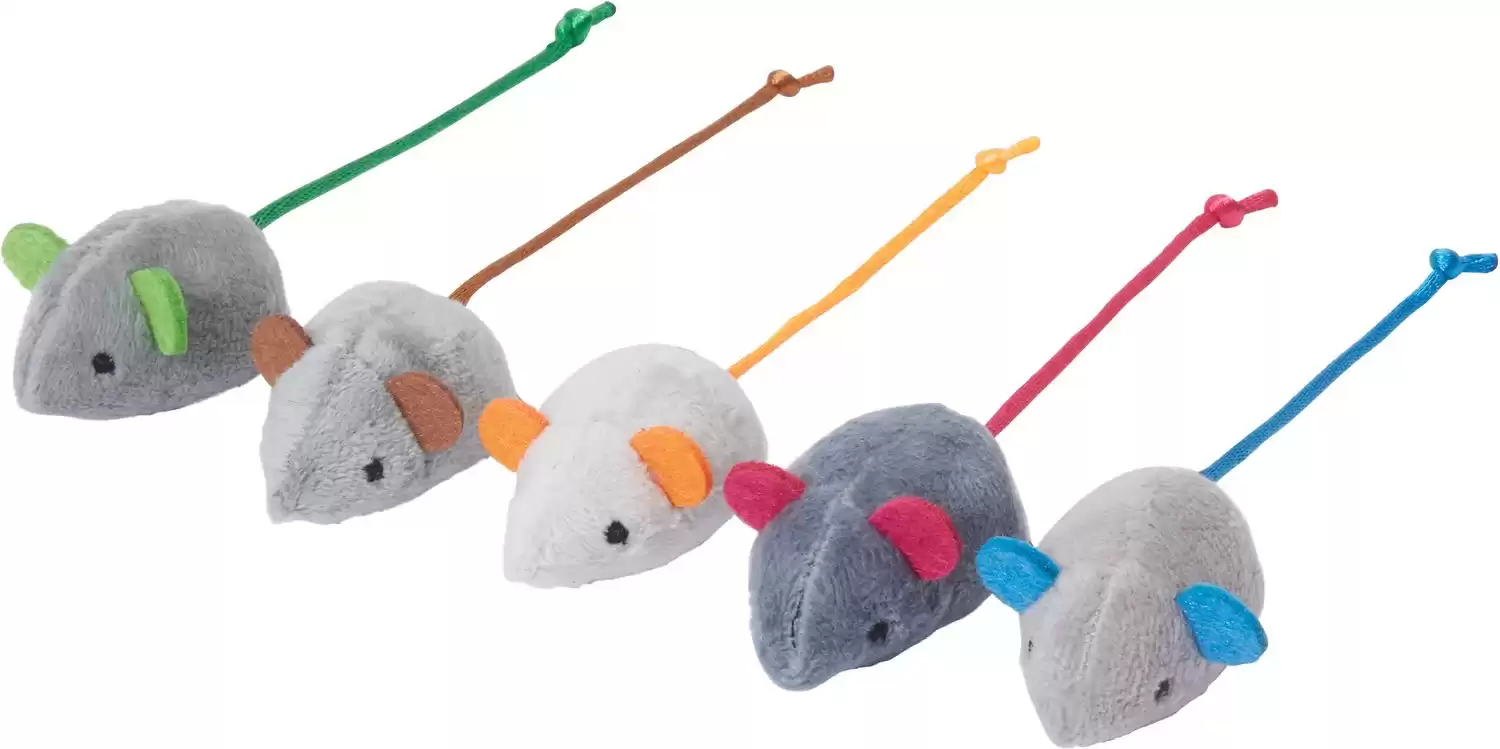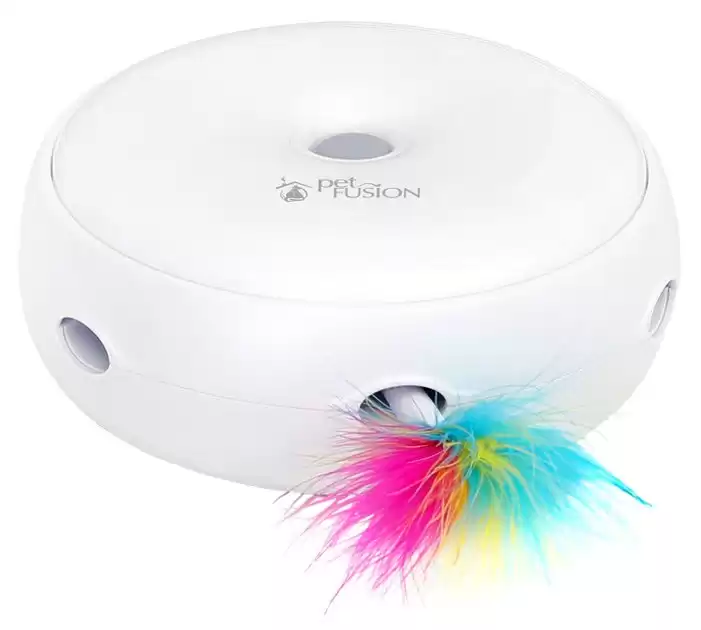Cats are very expressive animals and we as cat owners learn to pick up on their moods by the way they choose to express themselves. Using their tails is just one of the many ways they can achieve this. Cats will regularly use their tails as a way to get our attention and alert us to things they may want or need. Read on to learn more about the importance of a cat’s tail and why they may use them in the many ways that they do.
What Is The Purpose Of a Cat’s Tail?
As we mentioned, cats use their tails for a variety of purposes, including communication. However, the main purpose of their tail is to provide it with balance and agility. They use this added level of balance to help them as they jump, climb, and hunt down their prey. Without this, they would probably not have the level of agility that they do, since as we know, cats are incredibly nimble creatures.
Their tail helps to serve as a means of counterbalance when they walk along very narrow spaces such as fences, windows, or your bookshelf. The tail also helps them keep their balance when they’re running, chasing, and jumping while hunting their prey.
- Available in sets of 3 and 5
- Fuzzy texture and twisted string tails
- Stimulates cats' hunting instincts
- Infused with Canadian catnip
What Is a Cat’s Tail Made Of?
Their tails are an extension of their spines and have a number of different anatomical features. They contain important elements such as vertebrae, blood cells, nerves, muscles, and scent glands. The bones that make up a cat’s tail are known as caudal vertebrae. Cats will typically have anywhere from 18-to 23 of these vertebrae in their tails.
There are, however, some breeds of cats like the Manx that do not have tails and some that only have very short ones. These cats will have fewer caudal vertebrae. Even humans, who do not have tails, have 3-5 caudal vertebrae. Our caudal vertebrae are fused together, forming one bone called the coccyx, which helps us maintain our balance when we sit down. Some ape species like gorillas and chimpanzees have this same bone as well.
There are other vertebrae that also help their tail to function. They have the same number of cervical vertebrae as many other mammals do (which is seven), but cats have an additional vertebra that resides in the thoracic region. They also have two more vertebrae than humans do in their lumbar region. These extra vertebrae are what give cats increased flexibility within their spines. It is also what helps them with their speed and agility. Now it is easier to see why their tails play a critical role in the development of these skills.
Feline tails are also made up of nerves. The nerves in their tail help them pick up on information around them. Essentially, cats can “feel” with their tails. Since the tail is a part of the cat’s spinal cord, it also contains nerves from both the central and sympathetic nervous systems. The nerves will send signals throughout the body in order to help them coordinate a response to their surroundings. They will send the information gathered all the way up from their tail to their brain — which allows the cat to respond to whatever’s happening around them in a split second. This may in part be where the term “cat-like” reflexes comes from.
Another component that cats’ tails are comprised of is muscles. Muscles play an important role in the tail’s functionality, as they are what controls movement. The primary muscle that is responsible for tail movement is called the Sarcocaudalis muscle. So whenever you see your cat flick its tail from side to side, this is the muscle that is responsible.
The tail also contains blood vessels and a tail vein that is a part of the cat’s circulatory system. The tail vein of a cat can also be used by veterinarians to draw blood. It is actually a common way for vets and zookeepers alike to draw blood from cats. Some zookeepers have even trained big cats like lions and tigers to voluntarily present their tails to the keeper in order to have their blood drawn. This is done using positive reinforcement-based training. Finally, cats’ tails are also comprised of scent glands known as caudal glands that are used by the tail to help mark its territory.
Can Cats Control Their Tails?
As we touched on before, cats have a muscle in their tails called the Sarcocaudalis muscle. This muscle allows them to move their tails around in various ways. So yes, cats do have control over their tails. They can use their tails at will to help communicate with their humans or with other cats. The tail can also be controlled to help aid in their movements.
A cat can voluntarily hold its tail up high in the air (usually when they’re excited) or pull it down low and tuck it between its legs (when they are scared or sad). Sometimes if they are really startled, you may even see its tail puff up as all of the furs stand on end. A cat can also swish its tail from side to side, as well as move only the very tip of its tail independently from the rest of it. These various movements help add to the nuances of how a cat communicates with its tail.
Although this may seem like a large amount of control over the functionality of their tails, keep in mind there are animals out there with even greater control over their tails. Tails that have an even greater level of control are referred to as prehensile tails and they act as an additional appendage. Think of animals like certain types of monkeys that can use their tails to grab onto things and swing from tree to tree.
Do Cats’ Tails Grow As They Age?
Yes, they do grow as they age. However, once a cat reaches adulthood, the tail does not continue to grow and will remain the same size throughout the remainder of its life. Cats are born with the right amount of vertebrae that their tail will need once fully grown. So the growth of the tail as it ages has more to do with anatomical development rather than the development of any additional bones.
If a cat has a full-length tail, the length can be anywhere between 9 and 11 inches long. The length of their tail is usually related to the overall size of the cat. This is to help ensure that their tail will stabilize them for their balance when it comes to running, jumping, and climbing. Some cat breed associations will judge a cat based on the length of its tail in relation to the length of its body and specify that the tail length should be equal.
What Do Different Tail Positions Mean?
There are many different positions you may find your cat’s tail in and they all could mean different things. As we said before, your cat will use its tail to communicate, so it’s important to know what some of the positions mean.
Tail Up
The tail-up cat position usually means that your cat is feeling confident and social. You may notice a bit of a hook at the tip of the tail. Cats that are anticipating being fed will oftentimes hold their tail up in this position. Sometimes cats will even use this position when meeting new cats for the first time as a way of greeting them and showing that they are welcoming contact.
Tail Down
If you notice that your kitty’s tail is down, this can be a sign of nervousness. You might also see it put its tail between its legs. These are generally signs that your cat is nervous or afraid. The tail may be rigid or have a slight flick at the end of it. This tail position may be accompanied by your cat crouching low to the ground as it walks while trying to find a spot to hide. A normal, unafraid cat will also walk with its tail lowered, but in a more loose, relaxed position and the cat will not crouch low to the ground as it walks.
Tail Quivering or Flicking
Sometimes cats will quiver or flick their tail when greeting their owners. The tail will be in an upright position paired with a slight quivering or flicking motion. This means that the cat is feeling playful and positive around you. Sometimes in outdoor cats, you may also see this behavior as a part of territory marking. Cats will hold their tails in an upright position and it will flick as they mark their territory.
Tail Thrashing
If a cat is thrashing its tail from side to side, this typically means that the cat is angry, scared, or agitated. The tail will be held in a low and tight position with rigid, stiff body language and hard, focused eyes. If a cat is displaying this behavior it is likely on the verge of aggression. If you notice your cat is behaving in this manner, it is best to remove yourself, other animals, or whatever is causing the aggressive behavior immediately.
You can also try to keep your cat calm by providing it with something to preoccupy itself like catnip toys. Catnip is also known to have a calming effect on cats after they’ve played with it for a few minutes. You can also try other interactive cat toys that are meant to keep your kitty engaged and less likely to display signs of aggression and agitation.
- A colorful feather rotates and peeks out randomly from 6 different holes
- Includes a replacement feather
- Encourages hunting instincts
- Battery operated (included)
- 8-minute automatic shutdown
The photo featured at the top of this post is © iStock.com/slowmotiongli
Thank you for reading! Have some feedback for us? Contact the AZ Animals editorial team.








